The world’s got some challenges. Pollution, natural disasters, disease, malnutrition, unbreathable air…their burden can feel overwhelming, at times creating a sense of emotional paralysis almost as deadly as their actual impacts. In the face of staggering facts like UNICEF’s estimate that 17,000 children under the age of five die each day, even the best and brightest can feel helpless.
Luckily for the world, humanity’s best and brightest have a strong track record of overcoming that doubt and finding ever new ways to change the world for the better.
Each day, pioneers of ingenuity from across the globe -- of all ages, backgrounds and economic means -- are innovating and adapting to help save lives. It’s more than enormous companies working to create a new medical marvel.. More often it’s everyday innovators, finding inspiration in necessity and using local expertise, who develop new, cost effective, tools and strategies that help overcome challenges and save lives.
A common recipe for success is combining local understanding with big picture thinking. Local understanding includes an on-the-ground view of challenges, a familiarity with communities, and a strategy that utilizes available resources. Examples of success range from new tools to increasing access to information to re-allocating resources to better fit local needs.
In Malawi, Save the Children and Johnson & Johnson are developing local networks of expertise and utilizing new tools to reduce the number of newborns that die each day from blocked airways. The program Helping Babies Breathe (HBB) has trained tens of thousands of healthcare professionals across the country since 2011. One of their keys to success is a device called “the Penguin.” The adorably named plastic suction device can help midwives “in rural, hard to reach areas” save children born with blocked airways, Victoria Shaba, a midwife and trainer with HBB, told the 2014 Social Good Summit. The device costs less than $5 USD and is “one of the essential items that we need as midwives,” explained Shaba.
The success of HBB relies on an innovative device as well as a trained network of healthcare providers and HBB trainers. Similarly recognizing the importance of “people power” is the innovative Mothers2Mothers initiative. The program is designed to “train, employ, and empower mothers living with HIV to eliminate the transmission of HIV from mothers to babies and improve the health of women, their partners, and families.” Mothers2Mothers’ innovation is leveraging the training of one HIV-positive mother to help even more mothers. Trained mothers work alongside healthcare professionals in understaffed areas to expand the reach of life-saving information. This mentorship network has reached more than 1.2 million HIV-positive women in nine countries since 2001.
When mentors are not present locally, an everyday device, used in a novel way, can help close the knowledge gap. Harnessing the power of the mobile device already in many mothers’ pockets, MomConnect uses an interactive text messaging platform to provide health information to expectant and new mothers. The South African platform has 1.3 million registered users. This program identified an information gap and solved it using SMS, a simple, locally accessible, technology. This program is a shining example of how a small, innovative, idea like “connecting people through SMS with crucial health information” can be scaled up across a nation to save lives.
Of course, sometimes information alone is not enough. The challenge then becomes how to get those in need the health services they need. One approach identified this challenge and solved it by radically re-allocating resources in a clever and meaningful way to improve health in hard-to-reach areas. The Northstar Alliance Roadside Wellness Centres is a network of small “Blue Boxes”, made of repurposed shipping containers painted blue and outfitted with essential health care tools, that serve as healthcare hubs. The program works with “government, business and civil society partners [to] identify disease hotspots along the major transport routes.” Re-allocating resources based on local needs and human traffic patterns increases healthcare delivery efficiency and efficacy. This innovative, data driven, approach is working to improve health outcomes across sub-Saharan Africa.
The innovations described here were born out of necessity and vision, by inventors from all sorts of backgrounds. They all started small, with a common-sense idea rooted in the health needs of their communities, and, with an entrepreneurial spirit, are expanding that idea to save more lives each day.
So yes—the world is facing challenges. But the changes that improve our world and humanity’s future can, and do, come from anyone, anywhere, at any time. The required ingredient is the belief an individual has in an idea.
So what’s your idea?
Today, Johnson & Johnson is proud to open the GenH Challenge submission period – and we need you to share your everyday idea to create the healthiest generation – “GenH.” Apply today at www.genhchallenge.com





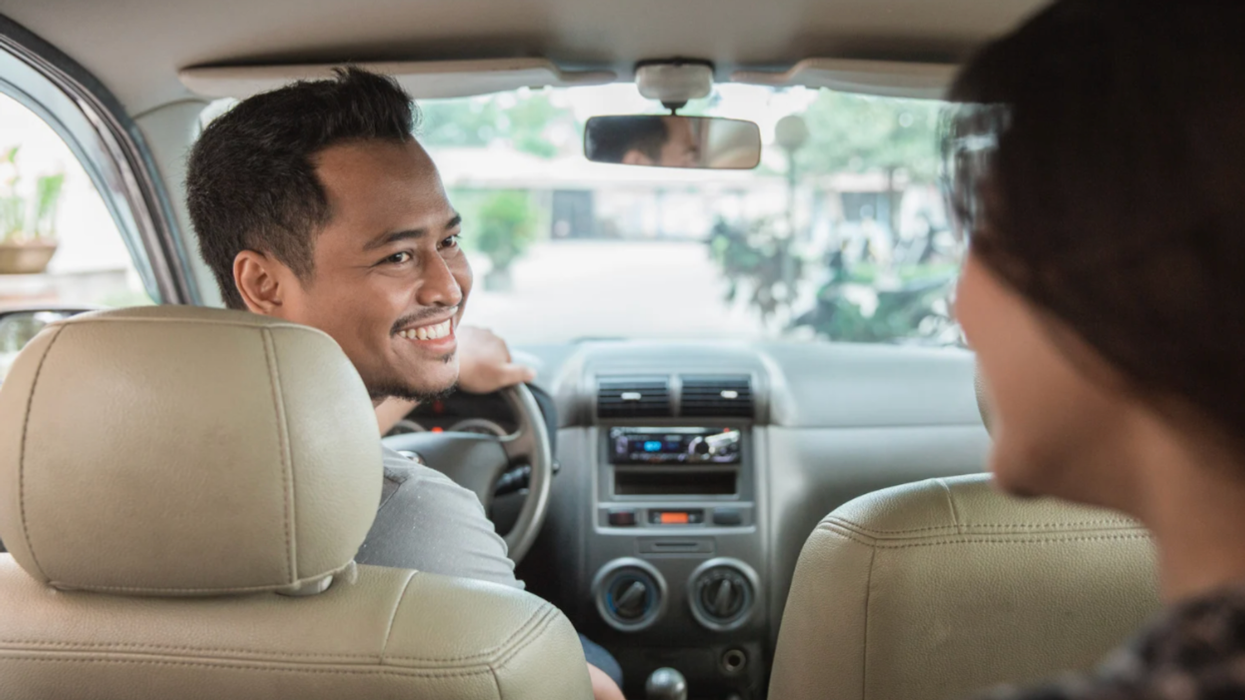

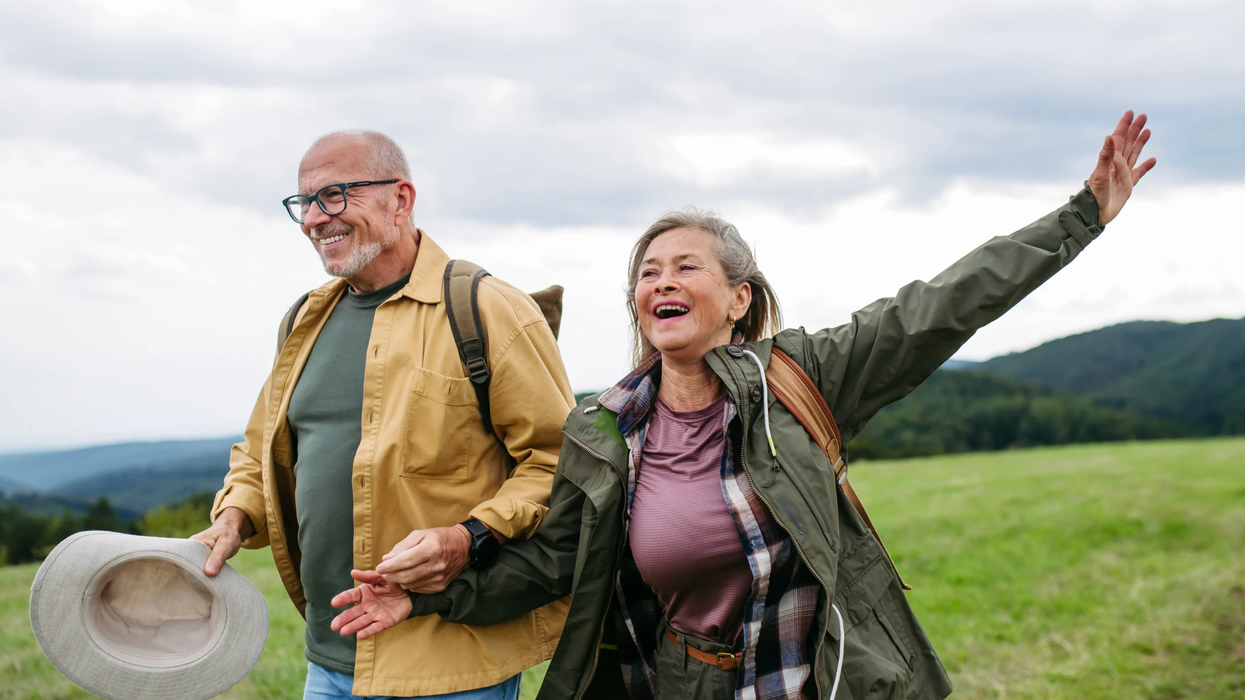


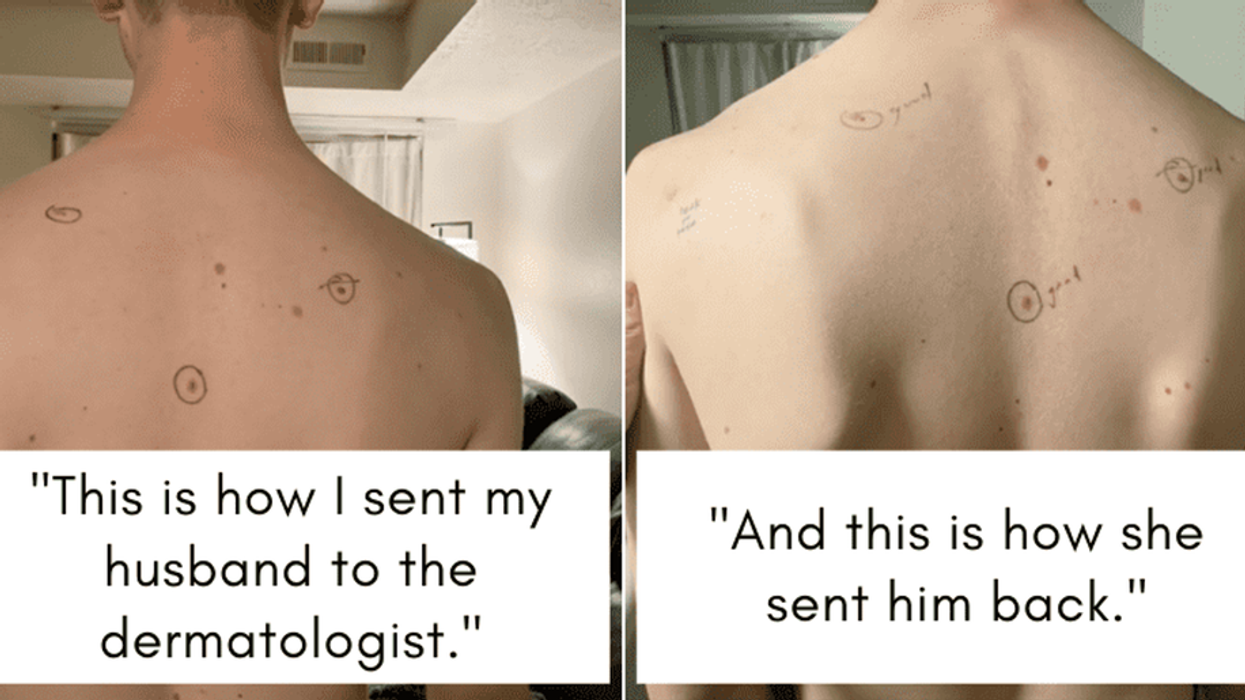
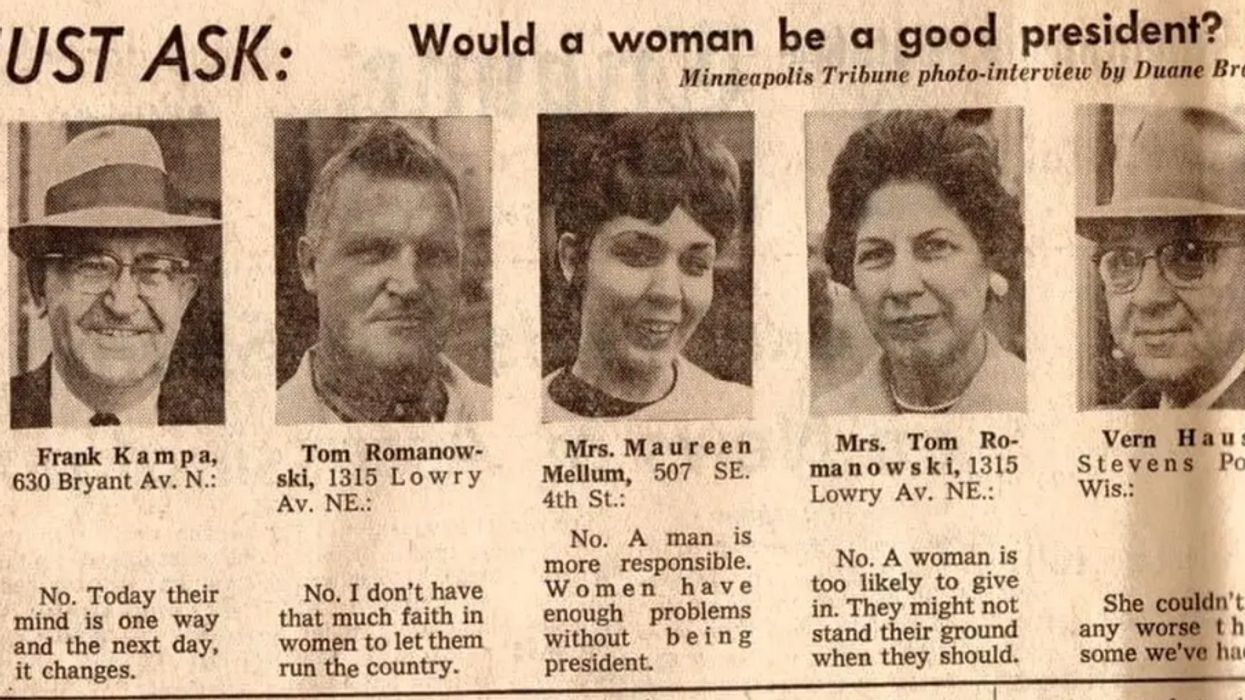
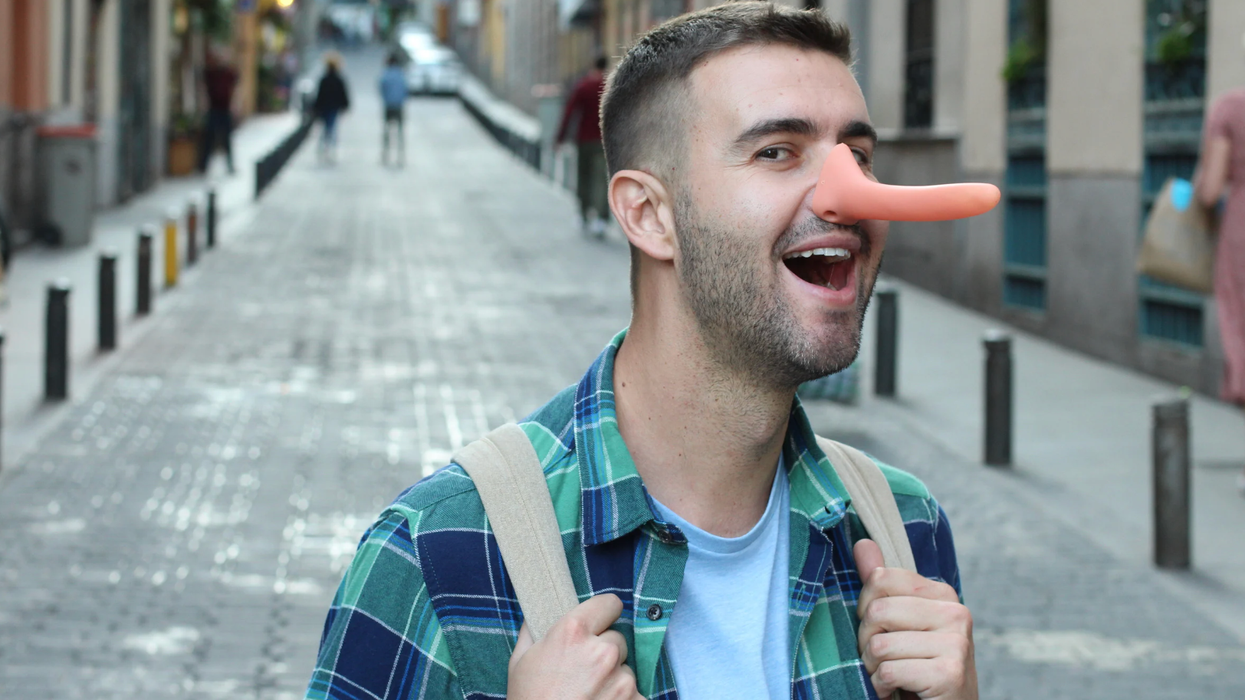
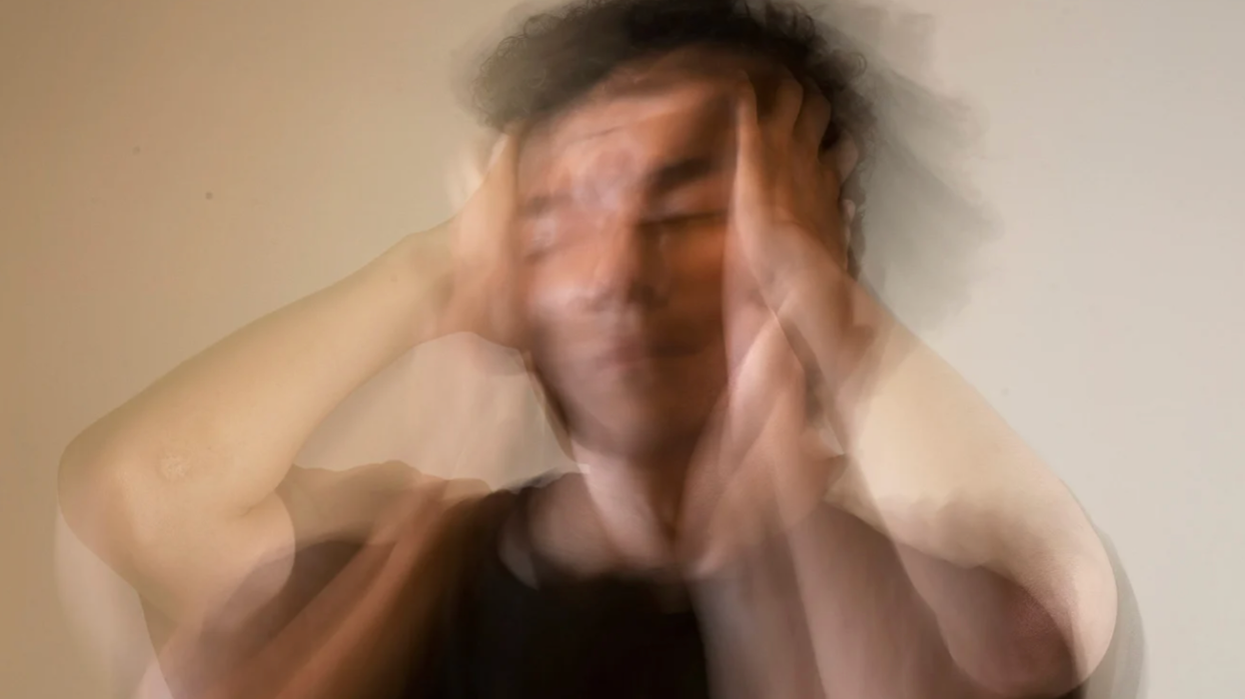
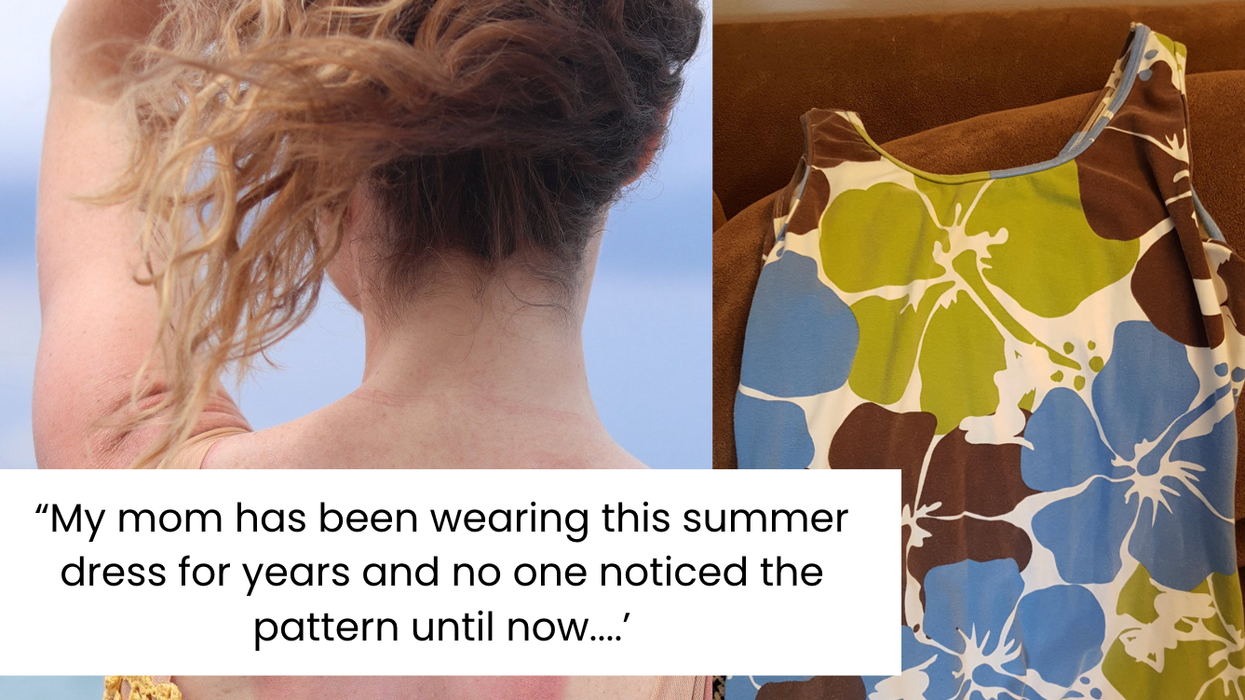

 Otis knew before they did.
Otis knew before they did.